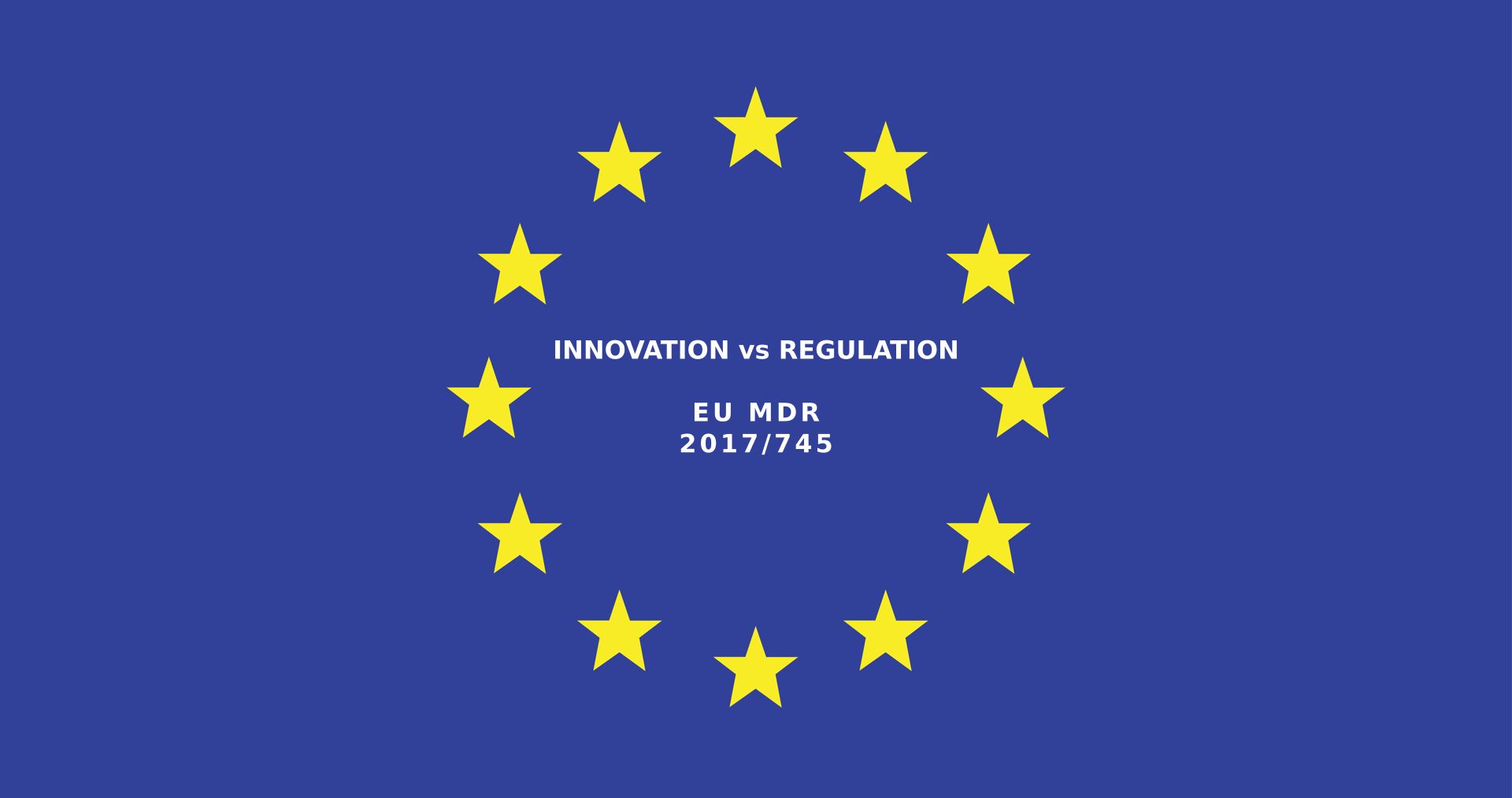Innovation vs Regulation

The Ethical Dilemmas of Complying With the EU MDR
Stakes are high when it comes to medical devices. In Europe, the Medical Device Regulation (MDR) is in charge of ensuring that medical devices are safe and effective for patients. But while compliance with these regulations is vital, let’s take a look at the ethical challenges too, and understand why focusing on patient safety, and the tricky balance between innovation and regulation must be a top priority.

At the core of the MDR compliance is the commitment to patient safety. Whether we are talking about simple tools like bandages or complex machines like pacemakers, medical devices must be reliable. The MDR sets specific guidelines to ensure that devices undergo strict testing before they hit the market. Why is this essential? Think about the all potential failures that could have disastrous consequences for patients. However, the process of ensuring safety can sometimes slow down the introduction of new technologies. This brings us to a couple of ethical dilemmas:
Regulatory processes are meant to ensure that new medical devices are safe and effective before they reach patients. But what about the lengthy approval times that can delay access to (potentially) life-saving technologies? Is it justifiable to delay the introduction of a device that could improve patient outcomes in favor of strict safety evaluations?
Chekt’s take on it: On one hand, rushing a device to market without proper testing could lead to dangerous consequences for patients. On the other hand, delaying access to innovative treatments can drag suffering for patients who desperately need them. Perhaps creating structured pathways for smaller innovators, such as fast-track approvals for devices that address urgent medical needs could help.
The safety processes required for new medical devices can, without a doubt, affect smaller companies and startups, which might not have the necessary resources to find their way through the rules and regulations. This takes us to another ethical issue: does the current regulatory framework favor larger corporations at the expense of smaller innovators, potentially limiting patient access to a wider range of technologies?
Chekt’s perspective on this: If only large corporations can bring new devices to market, patients could miss out on innovative solutions that could be more effective and even more affordable. On the other hand, if regulations are relaxed to support smaller companies, there is a risk of compromising safety. We believe this dilemma points out the need for a regulatory environment that promotes innovation and ensures fair access to safe medical devices. Perhaps it would be worth looking into implementing a structured approval process that adjusts requirements according to the device’s risk level. For lower-risk devices, a more straightforward process could allow smaller companies to bring their products to market faster while keeping the essential safety checks.